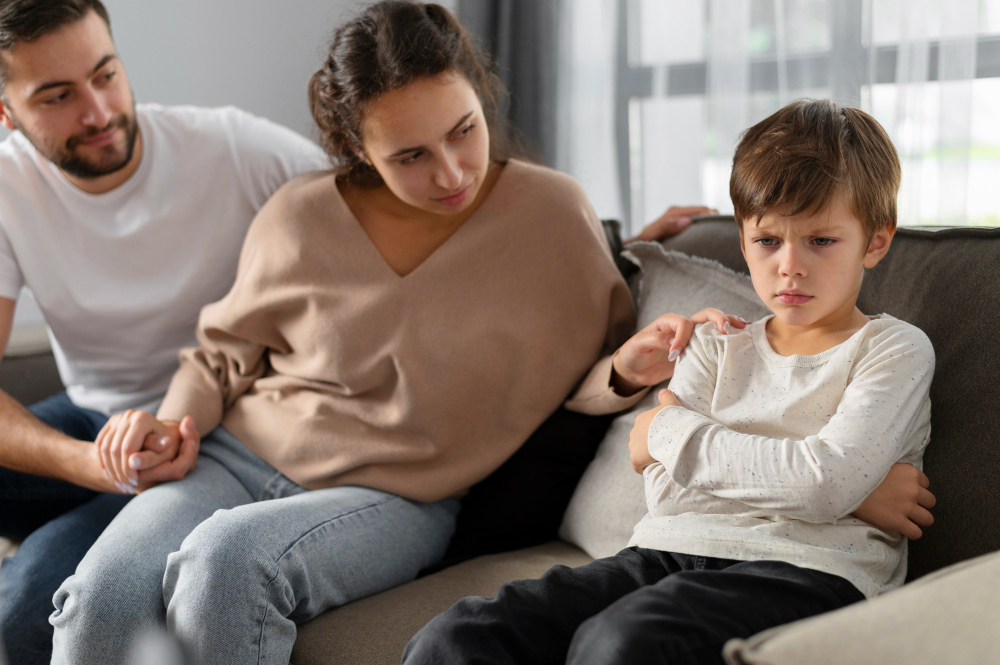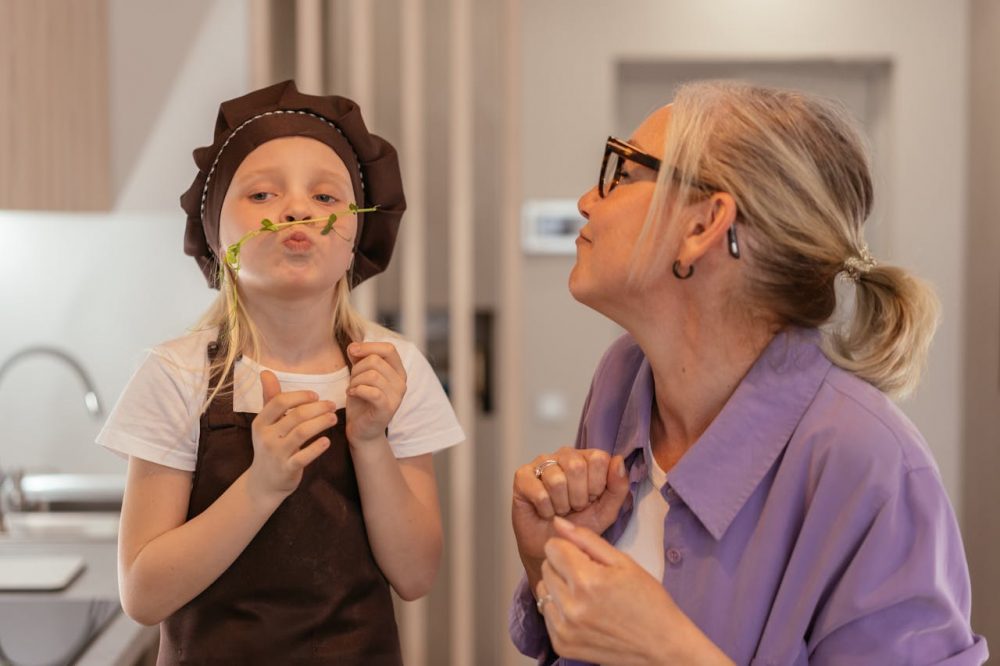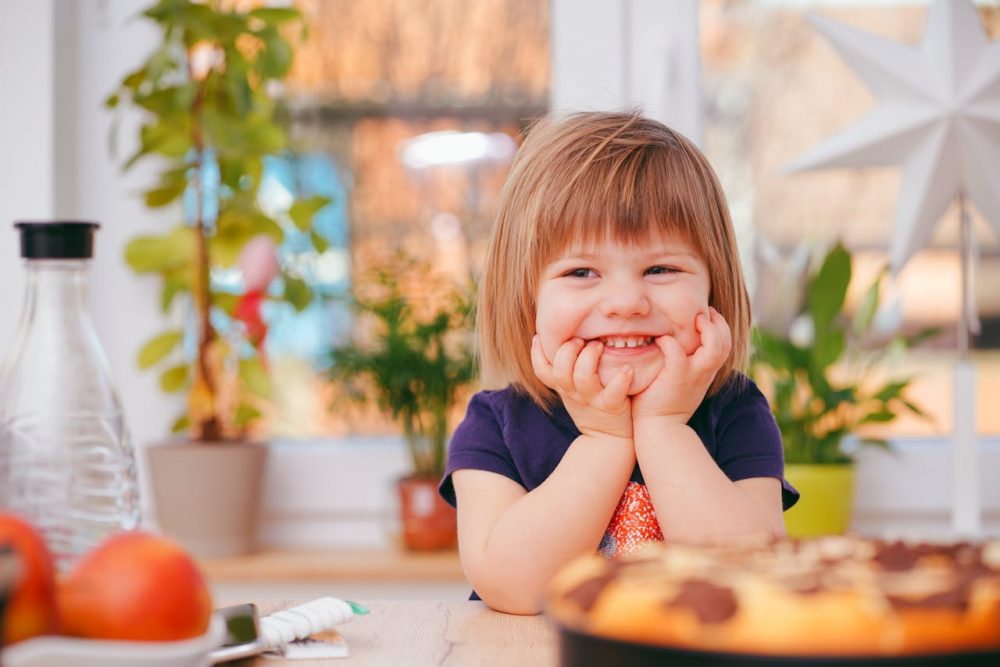Are you tired of constantly coaxing your child to tell you about their day at school? Finding it difficult to really connect with the little one? If you’ve experienced this, know that you’re not alone, and there’s no reason to worry. This behavior is quite normal in children.
At the end of a tiring school day, many kids need a little time to transition to a homely environment. But you shouldn’t stop trying to get through to them, gently. The reassurance and connection is important for kids. Post-school meltdowns are common, especially during the first weeks of school. The pent up frustration can come up in tears or plain anger issues, all of which is normal. As a first step, let your child express himself/herself, and then suggest corrective measures as needed.

Annie Spratt/Unsplash | After school, kids often need time to transition to a homely environment, so try and make them relaxed without being too pushy
Here are ways you can connect with your child and help them through their post-school transitions.
Regroup
You need to be a hundred percent involved, undistracted, and calm parent. It is easy to get carried away with your own problems and operate on autopilot mode around your kids, which is why it is important to regroup within yourself before you interact with your children.
Change things up a bit
If you’re picking your child up from school or the bus stop, make sure to move at your child’s pace. Give your child the space to structure and release their pent up energy if required. You could do it by stopping by a park on the way home or taking a different route once in a while.
Food is the key
Food is a great way to bring people together and get them talking. Setting up pre-chopped veggies or fruits for your child will really help with emotional regulation and start open-ended conversations with him/her.
Keep it interesting
Quit with the boring and typical question of “how was school today?” Ask more engaging questions like encouraging them to share something weird or wonderful that happened to them at school. You could even share about your day to get them started. This conversation doesn’t necessarily need to be about work or school, it could be about absolutely anything. For example, “if you were stranded on an island what are the three books you would carry with you?”
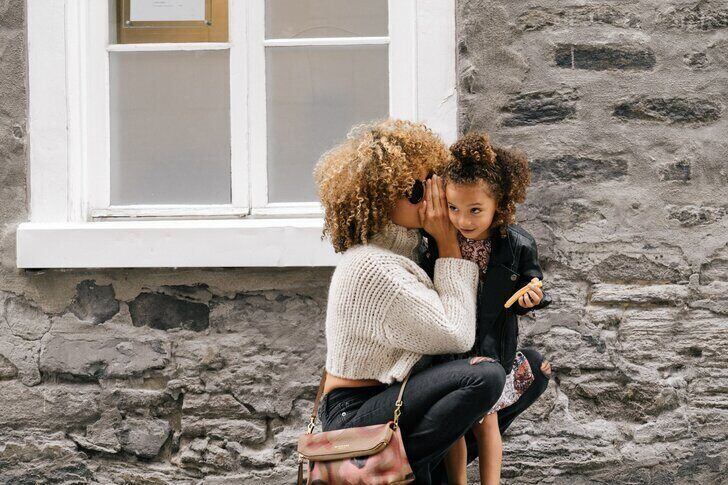
Sai De Silva/Unsplash | Insteading of sticking to boring questions, keep it interesting by sharing little secrets with your little one. You'll end up finding a lot more than you think
Add more to snack time
Apart from having snacks on the table after school, organize a few activities for your child. It could be colouring, play-doh or any card games. Keeping them engaged in fun activities really helps with the transition. Later, you can also ask them to help you with making dinner and setting the table.
Cuddle with your kiddo
Most kids crave physical touch, so you could grab their favourite book, curl up on the couch with them and do a read-aloud or you could cuddle under the blanket and watch a show. In case your child is bubbling from energy, create a playlist and have a dance party instead.
Space is important
As much as you’re trying to bond with your child, it is important to understand that kids need their space too. Sometimes it’s okay to let children pick the activities they want to do. Even if it’s time on the iPad, it’s alright; you can always set a limit to screen time beforehand. Giving your child their space will really help them calm down and get their emotions together.
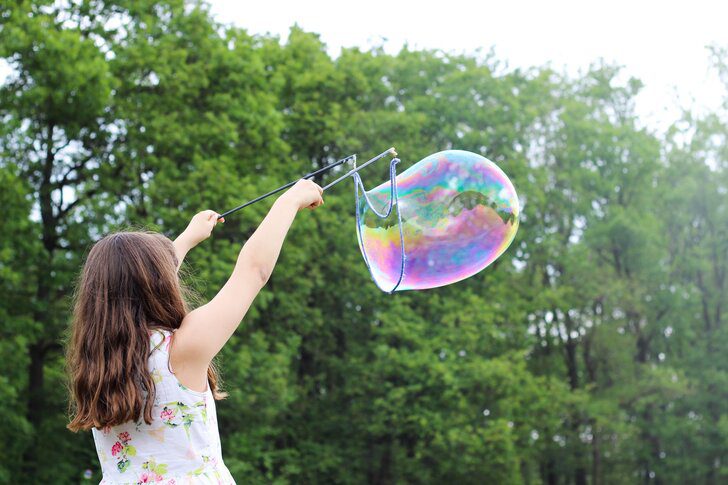
Maxime Bhm/Unsplash | It's important to realize that children need their space too, so sometimes it’s okay to let them pick the activities they want to do
Bottom Line
Regardless of which way you choose with your child, it doesn’t need to be lengthy and complicated. It’s alright to take your own space and give your child their own space. Nevertheless, you can always refer back to these fun ways to connect with your little world!






